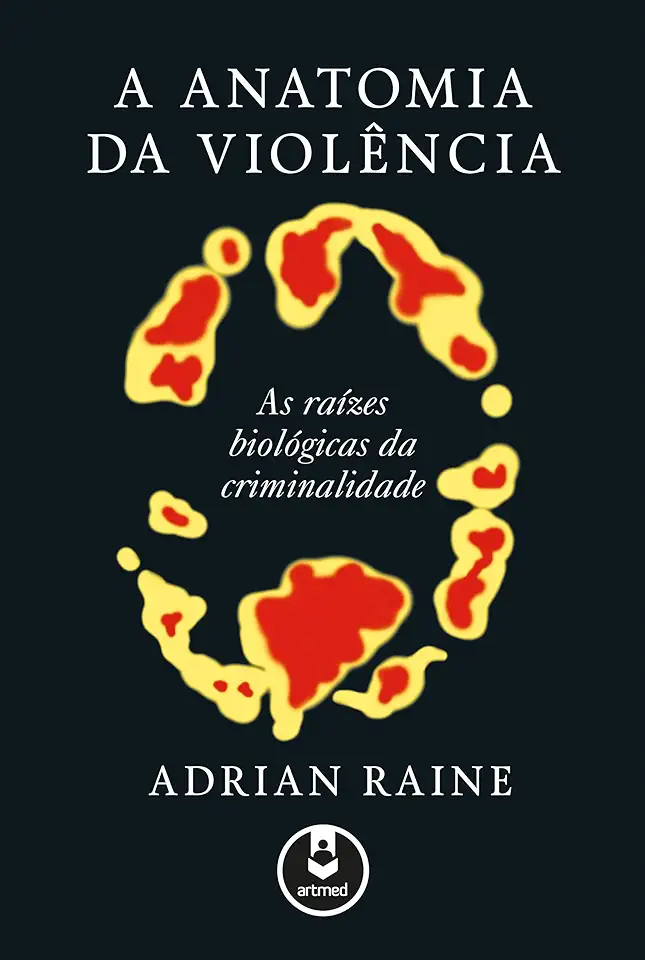
The Anatomy of Violence - Adrian Raine
The Anatomy of Violence: The Biological Roots of Crime
Adrian Raine
Introduction
In "The Anatomy of Violence," Adrian Raine takes readers on a fascinating journey into the biological roots of crime. Drawing on cutting-edge research in neuroscience, genetics, and psychology, Raine argues that violence is not simply a product of social or environmental factors, but is also influenced by our biology.
The Role of the Brain
Raine begins by examining the role of the brain in violence. He shows that certain brain regions, such as the amygdala and the prefrontal cortex, are involved in the regulation of aggression and violence. Damage to these regions can lead to an increased risk of violent behavior.
Genetics and Violence
Raine also explores the role of genetics in violence. He presents evidence that certain genes are associated with an increased risk of violent behavior. However, he also emphasizes that genes are not destiny, and that environmental factors can play a role in moderating the effects of genetics.
The Environment and Violence
Raine does not argue that biology is the only factor that contributes to violence. He also discusses the role of environmental factors, such as poverty, abuse, and neglect. He argues that these factors can interact with biological factors to increase the risk of violence.
Implications for Prevention and Treatment
Raine concludes by discussing the implications of his research for the prevention and treatment of violence. He argues that a better understanding of the biological roots of violence can help us to develop more effective strategies for reducing violence in society.
Why You Should Read This Book
"The Anatomy of Violence" is a must-read for anyone interested in the causes of violence. Raine's research is groundbreaking, and his writing is clear and engaging. This book will change the way you think about violence.
Here are a few reasons why you should buy this book:
- It is a fascinating journey into the biological roots of crime.
- It is based on cutting-edge research in neuroscience, genetics, and psychology.
- It challenges the traditional view that violence is simply a product of social or environmental factors.
- It provides a better understanding of the causes of violence, which can help us to develop more effective strategies for reducing violence in society.
- It is a well-written and engaging book that will appeal to a wide range of readers.